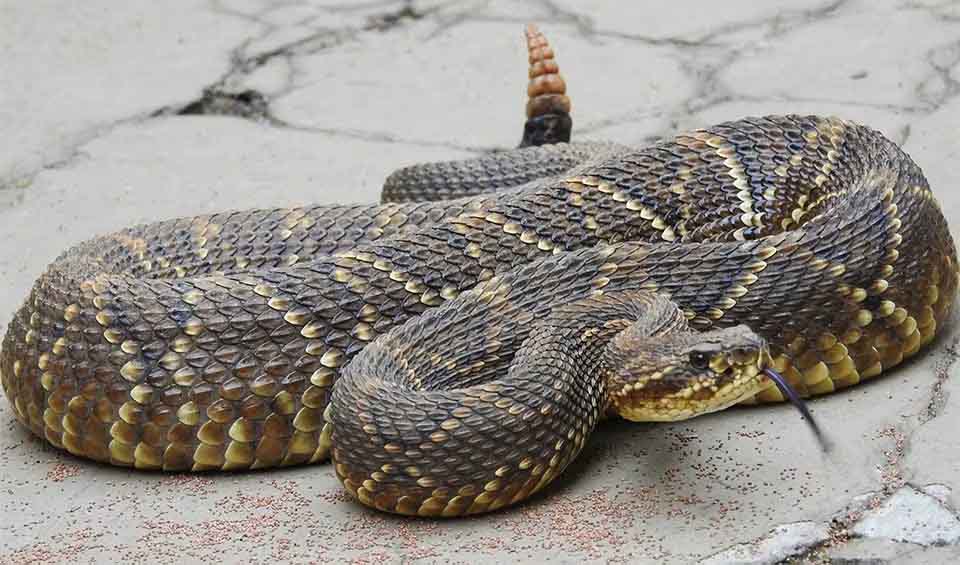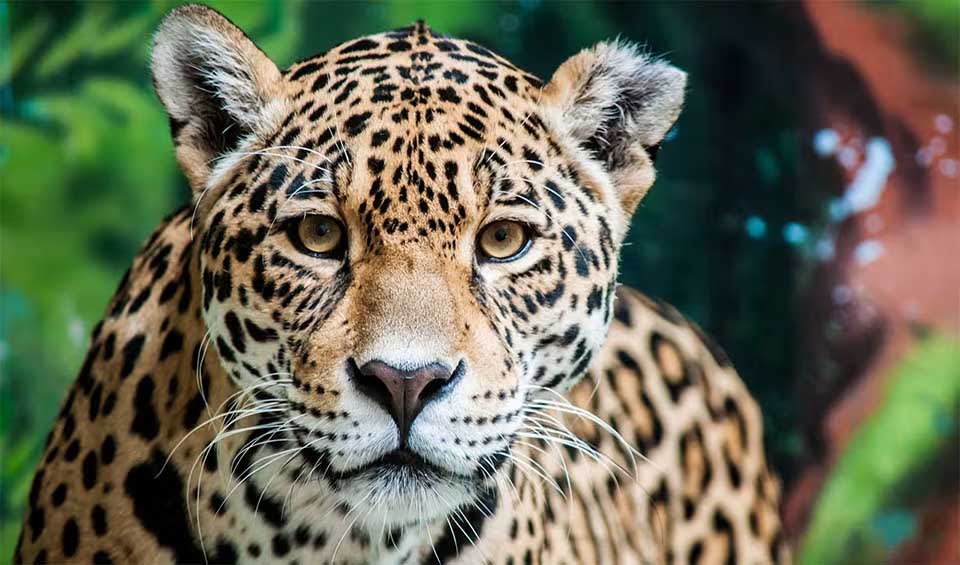Guyana’s landscape is marked by a rich variety of ecosystems, including rainforests, montane forests, swamps, marshes, dry evergreen forests, seasonal forests, and mangroves, providing a rich habitat for diverse flora and fauna. As one of the eight countries that are part of the Treaty of Amazonian Cooperation (ACTO), Guyana contributes significantly to the biodiversity of the Amazon, home to the world’s largest tropical rainforest.
In the Rupununi region, the landscape comprises savannahs, wetlands, and forests, all shaped by seasonal rain and flood cycles. This region is also the ancestral home of Indigenous communities who have depended on these lands for thousands of years, relying on farming, fishing, and hunting for their livelihoods. Furthermore, Guyana stands out as one of South America’s most densely forested countries, with rainforests covering nearly 91% of its territory.
Four pillars elaborated:
Guyana has a comprehensive National Protected Areas System (NPAS) that has been in place for over 80 years. The NPAS protects a diverse range of ecosystems, encompassing rainforests, wetlands, and savannahs. The system includes several renowned protected areas, such as the Kaieteur National Park, established in 1925, which houses the awe-inspiring Kaieteur Falls; the Iwokrama Forest, a unique reserve that combines scientific research, conservation, and sustainable development; and the Kanuku Mountains Protected Area, which protects a mosaic of ecosystems and supports indigenous communities. The Protected Areas Commission (PAC) and the Protected Areas Trust (PAT) are instrumental in managing and conserving these protected areas, supporting projects that promote biodiversity conservation and sustainable use of natural resources. Land Management
Land Management
Some of Guyana’s primary economic activities, including agriculture and extractive industries such as forestry, gold, diamond, and bauxite mining, are associated with identified threats. Direct threats to biodiversity include overfishing, overhunting, savannah and forest fires, indiscriminate land use practices such as mining, logging, and agriculture, poaching of wildlife, inappropriate use of agro-chemicals, introduction of alien invasive species, climate change events, and related natural disasters. Threats to Biodiversity
Threats to Biodiversity
Indirect threats mainly arise from institutional fragmentation and conflicting legislation, limited knowledge of biodiversity and species range and distribution, insufficient environmental law enforcement, a limited number of legalized, demarcated, and managed protected areas, and the opening up of areas to commercial activity.
Several strategies, plans, and programs have been developed, and are being implemented in Guyana to preserve biodiversity. The country is developing a National Biosafety Framework, National Policy on Access and Benefit-sharing, and related draft Regulations, and is formulating biosafety legislation and revising the National Policy on Biosafety. Moreover, a Mangrove Management Plan, Fisheries Act, Forest Act, Mining and Environment Regulations have been developed, and the Species Protection Regulations have been revised to be enacted as the Wildlife Import and Export Act. Capacity and Governance
Capacity and Governance
Approximately 9% of Guyana is under protected and/or conservation status, with four legal protected areas established, and the establishment and management of the National Protected Areas System being the responsibility of the Protected Areas Commission. Several conservation projects and studies have been conducted, and the Guyana Forestry Commission has taken steps to restore/protect keystone species.
Guyana has set the goal of developing a new low-carbon economy by 2030. To accomplish this, the country is working towards establishing incentives that recognize the value of ecosystem services and promote them as an essential component of a new model. Future Trends
Future Trends
Biodiversity
Guyana, located on the northern coast of South America, is renowned for its extraordinary biodiversity and diverse ecosystems. The tropical rainforests, which cover over 80% of the country, are particularly noteworthy. The Iwokrama Rainforest, in particular, is a significant area of pristine forest that supports a vast array of wildlife, including jaguars, giant river otters, and harpy eagles. The forest also has many endemic plant species and various birds, reptiles, and amphibians. The Kaieteur National Park, known for the stunning Kaieteur Falls, is another vital area that showcases the country’s rich biodiversity.Coastal and marine ecosystems also play a crucial role in Guyana’s biodiversity. The coastal mangrove forests and estuaries protect shorelines and provide nurseries for fish and other marine life. These areas support a variety of species, including manatees, dolphins, and numerous fish and bird species. The shell beaches along the northern coast are important nesting sites for several species of sea turtles, including the leatherback and green turtles.
In the table below are the number of known species in several main groups, how many of these species are Threatened with extinction, and how many of them are Endemic (unique to Guyana only):
| Species (World rank) |
Threatened | % Threatened | Endemic | % Endemic | |
|---|---|---|---|---|---|
| Mammals | 256 (#40) | 11 | 4.3% | ||
| Birds | 792 (#29) | 9 | 1.1% | 1 | 0.1% |
| Reptiles | 177 (#55) | 6 | 3.4% | 8 | 4.5% |
| Amphibians | 140 (#26) | 9 | 6.4% | 29 | 20.7% |
| Fishes | 1,001 (#50) | 76 | 7.6% | 21 | 2.1% |
| Plants | 6,440 (#47) | 30 | 0.5% | 70 | 1.1% |
mammals
White-faced saki
Nicknamed ‘flying monkeys’ due to their exceptional ability to move around rainforest habitats by very long leaps
Ocelot
They are picky eaters, often plucking off all the furs or feathers of the prey before start eating them
Capybara
Communicate using various vocalizations such as whistles, whinnies, and growls
birds
American flamingo
Famous for its habit of standing on one leg
Harpy eagle
The world’s most spectacular and most robust eagle species serves a critical ecological role in the ecosystem they live in
Jabiru
One of the tallest flying birds of Americas
reptiles
Yellow-spotted river turtle
These turtles have a dark shells with yellow markings, giving them their name
South American rattlesnake
Both feared and respected, often appearing in traditional stories and as a symbol of danger and power
Black caiman
There are a lot of big reptiles, but these caimans are a class of their own!
amphibians
Cane toad
When a big one meets a smaller one, it’s lunch!
Mission golden-eyed tree frog
Golden-eyed frog, Panda treefrog, Blue-milk frog -so many cute names for such a poisonous animal!
American bullfrog
Introduced to many regions where it is now considered an invasive species
National Animals
Jaguar
This solitary cat is America’s largest feline and the world’s third, after the tiger and the lion
Hoatzin
Only living representative of this order is the hoatzin, found only deep in the Amazon!


















